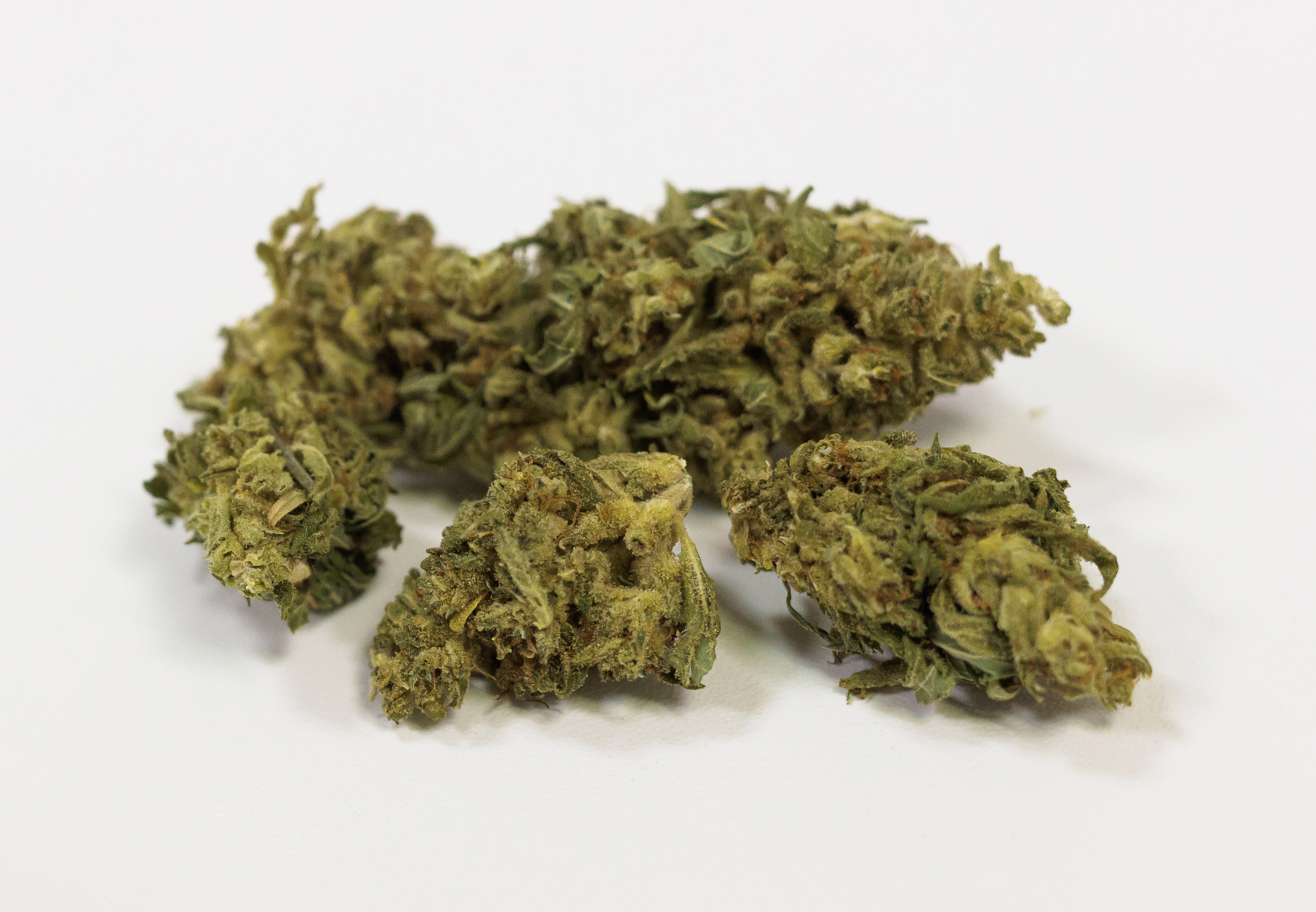
FILE: Close-up view of cooking utensils in container on kitchen counter.
If you've been active on TikTok in recent months, you've probably seen a buzzy video or two surrounding the black plastic cooking utensils controversy. A recent study suggested that black-colored plastic kitchen tools are made from recycled electronic materials that may contain harmful flame retardants.
It was later revealed that researchers miscalculated their initial findings, well overstating the actual risk of toxicity. However, according to Google Trends, the search for "nontoxic cooking utensils" is still on the rise.
Tsvetomira Vacheva, a brand manager for Woodenhouse Lifelong Quality (a wooden utensil company), tells Shop TODAY that "consumer awareness is increasing not only about healthier food choices, but also regarding the use of nontoxic and natural alternatives for anything that comes into contact with food."
"When it comes to cooking utensils, the principle is straightforward: the more natural, the better," continues Vacheva.
Get top local stories in San Diego delivered to you every morning. Sign up for NBC San Diego's News Headlines newsletter.
Along with Vacheva and Danielle Walsh, a cookware brand representative from Anyday, we spoke with Dr. Joe Zagorski, a toxicologist and assistant professor at the Center for Research on Ingredient Safety at Michigan State University. He offered more context on these research findings and provided safer alternative materials for cooking utensils.
Are black cooking utensils toxic?
If you've been using black plastic cooking utensils in your home for years, don't be too alarmed.
Health
As we previously mentioned, researchers' initial study on these potentially harmful cooking utensils presented a mathematical error. This error incorrectly noted the safety limit of BDE-209 (a flame retardant) exposure for a 132-pound adult, stating that the limit was 42,000 nanograms per day instead of 420,000 nanograms per day.
According to the study, an exposure of about 34,700 nanograms per day was present from utensils tested, which came uncomfortably close to the limit that was originally stated.
Chemosphere released an update on Dec. 15 noting the correction, making their findings a little less startling. The update also ensures readers that although this correction was made, the overall conclusion of the study wasn't affected; the recycled plastic kitchen utensils tested did, in fact, contain flame retardants.
However, if you're concerned about plastic or potential contamination from it, Zagorski suggests considering alternative materials such as wood or metal. “To ensure safety and durability, opt for well-established brands known for producing products designed to withstand high-heat environments," he suggests.
"When discussing toxicity, it’s essential to consider it alongside the environmental impact of our consumer choices," adds Vacheva. "Factors such as biodegradability, the potential release of toxins during disposal, and damage to marine ecosystems should always be taken into account. We are part of a connected ecosystem, and even if the effects are not immediately visible or direct, they remain significant and impactful," she notes.
What to look for in cooking utensils
As many people are being cautious and opting to toss their black plastic cooking utensils, the good news is there are plenty of other materials available to shop, including wood, metal and silicone.
"When selecting cooking utensils, consumers should prioritize natural wood materials without added coloring," states Vacheva. "Since varnish is commonly used on wooden utensils, it’s essential to choose products coated with food-grade varnish to reduce potential risks," she explains.
"I also can’t get enough of good old-fashioned wooden spoons — I have about 10 in my utensil holder," says Walsh. "One more thing I don’t think any kitchen should be without: A metal fish spatula. And no, it’s not just for fish — it’s unmatched for flipping eggs and pancakes," she recommends.
Walsh is also a big fan of silicone when it comes to cooking utensils. “Silicone is flexible, resists high temperatures, and does not leach harmful chemicals into food. Not to mention that silicone tools can bring a fun pop of color into your kitchen,” she explains.
Frequently asked questions
What should you look for in microwave-safe cookware?
"Microwave cookware should be plastic-free and ideally glass, have a tight-fitting lid to trap steam, and a vent to release pressure," says Walsh. "That rubbery texture that tends to be associated with microwave cooking is actually the result of moisture evaporating out of your food — not the microwave itself," she explains.
Meet the experts
- Tsvetomira Vacheva is the brand manager for Woodenhouse Lifelong Quality.
- Dr. Joe Zagorski is a toxicologist and an assistant professor in the Center for Research on Ingredient Safety at Michigan State University.
- Danielle Walsh is the General Manager at Anyday Microwave Cookware.
- Makho Ndlovu is an on-air expert who contributes to Shop TODAY.
This story first appeared on TODAY.com. More from TODAY:



